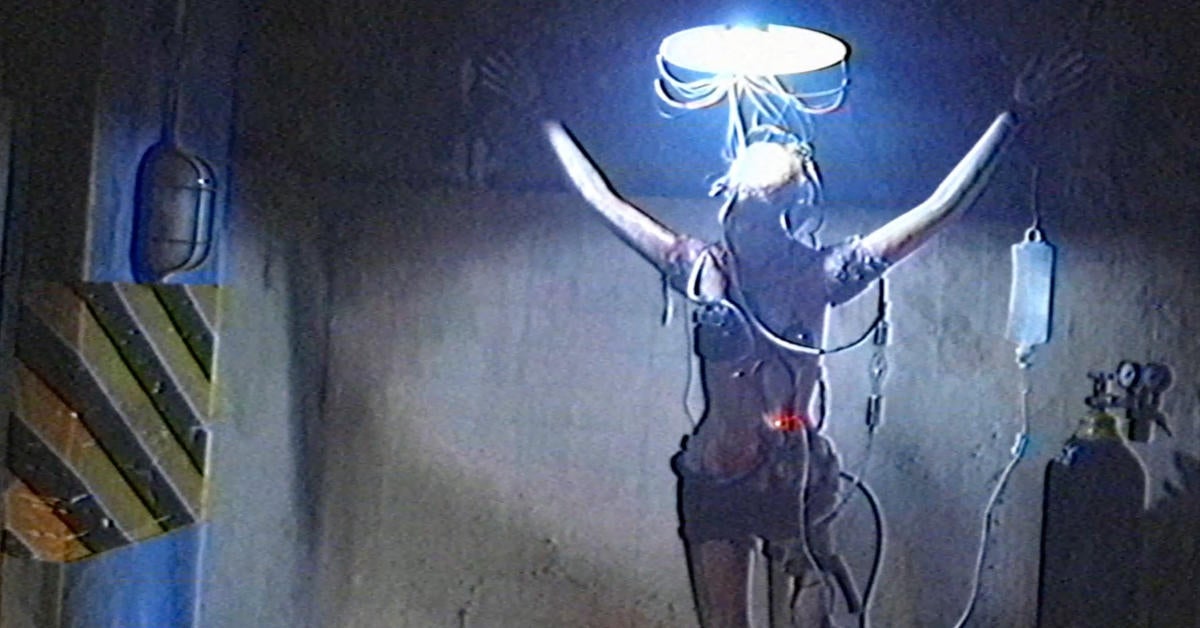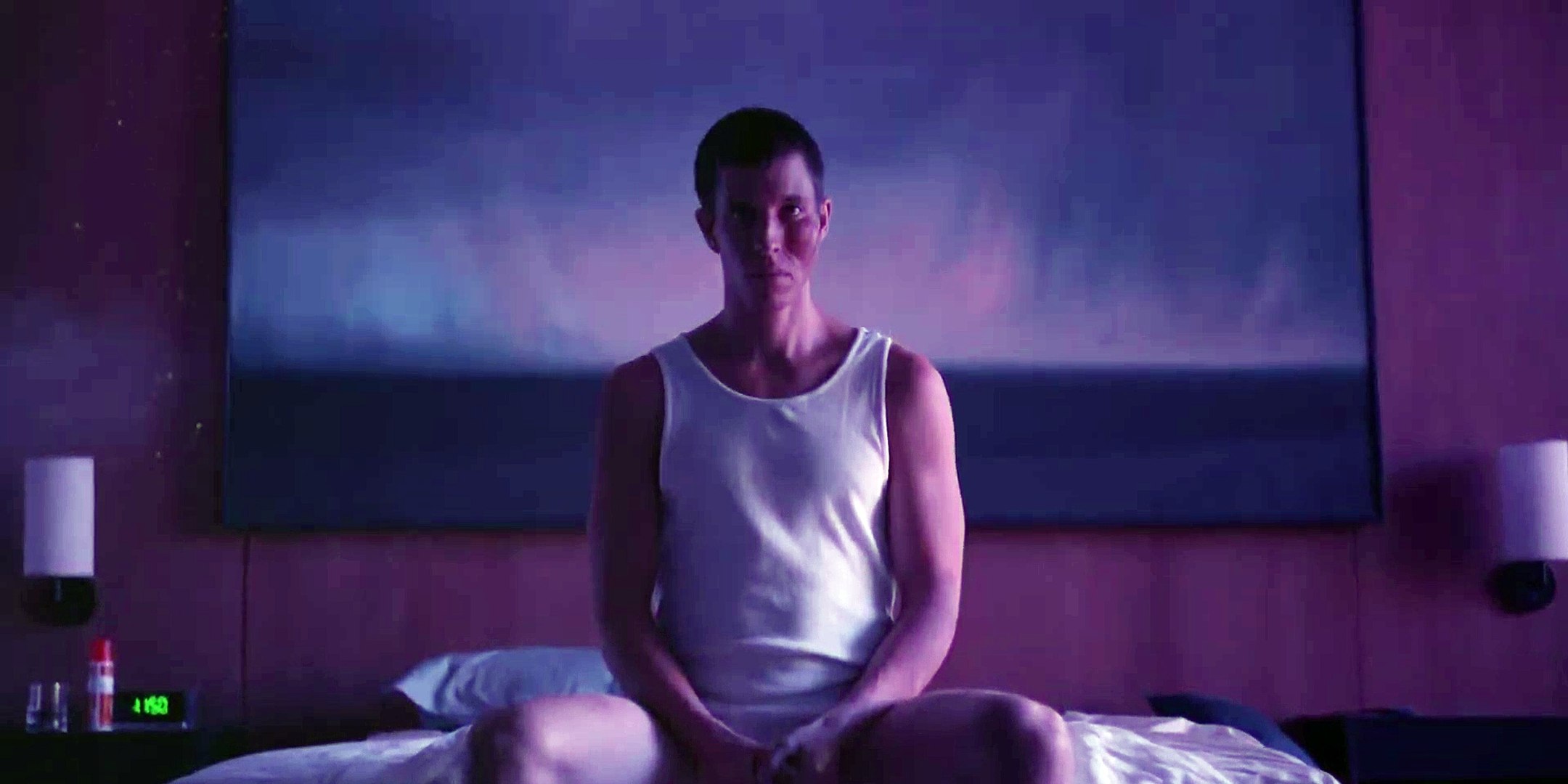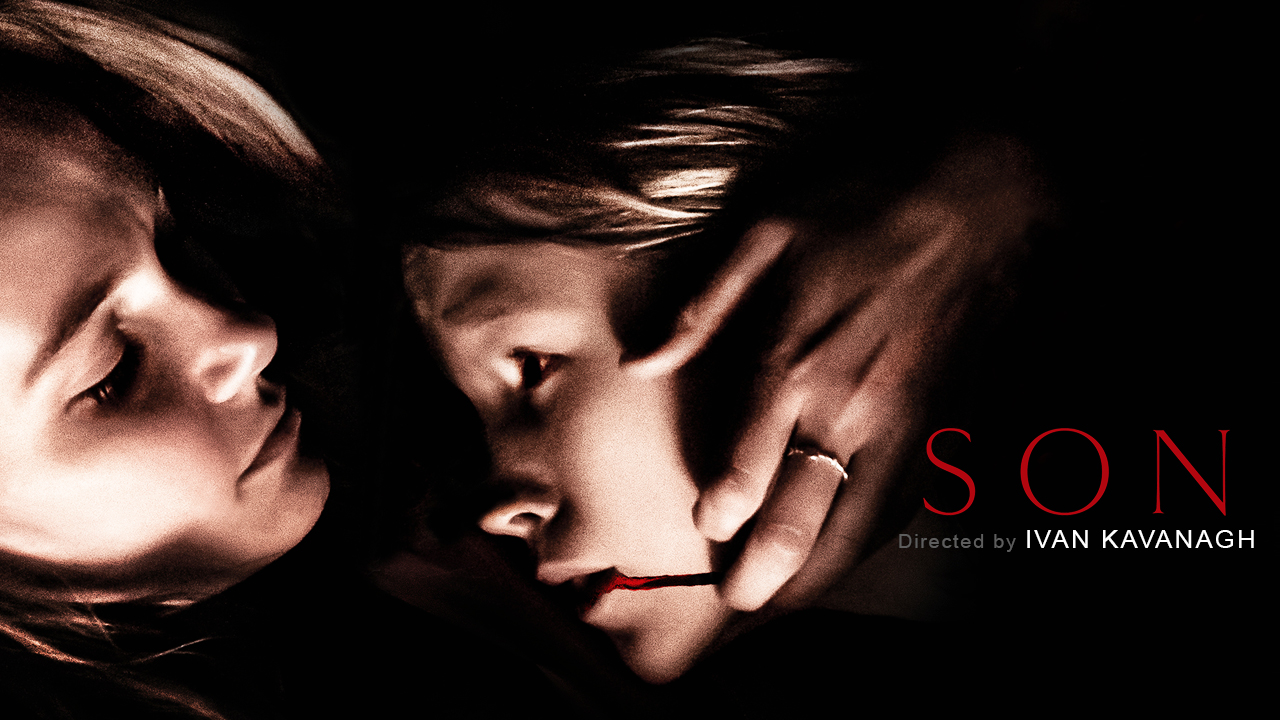Great White
by George Wolf
Wait, no new scientific term mixing sharks and weather? No genetically modified sharks? Unearthed prehistoric giants? Sharks with lasers on their heads?
Geesh, do these guys even know how to Sharkmovie?
Don’t get me wrong, Shudder’s Great White gives you plenty of opportunity to suspend disbelief, but it’s built on a premise that now seems almost quaint.
People in the water. Sharks in the water. Big sharks.
Farewell and adieu to you fair Spanish ladies….
Actually these are Australian waters, with Charlie (Aaron Jakubenko) and Kaz (Katrina Bowden) running the Pearl Air charter service, where they debate getting married and fire up the seaplane to take tourists on excursions to Hell’s Reef.
The business needs some renewed cash flow, so Charlie is only too happy to book a last minute trip for superdouche investment analyst Joji (Tiim Kano) and his wife Michelle (Kimie Tsukakoshi), who wants to scatter her Grandfather’s ashes in the sea.
But even before cook Benny (Te Kohe Tuhaka) can whip them up a delicious lunch on the island, a ridiculous accident puts everyone in a life raft trying to evade some large, hungry predators that supposedly injured some bathers.
Yes, that’s another Jaws reference, which seems appropriate as director Martin Wilson doesn’t shy away from them either, even including a pretty shameless re-working of one of Spielberg’s classic scenes. But Wilson does craft one major jump scare of his own, and adds frequent shots framed right on the waterline to consistently simmer the tension through simultaneous looks at the castaways and what they fear.
Bowden and Jakubenko mine Michael Boughen’s script for enough authenticity to seem like real people who care for each other. Kano and Tsukakoshi aren’t as lucky, with the Joji character painted as such an over the top asshole that it’s clear he’ll be an entree, the only question is how bloody satisfying it will be to watch.
These man-eaters never do get lasers, but there’s still some pretty outlandish shark wrangling before the shoreline comes into view. So while Great White gets some props for not drowning in silliness from the start, that may have been the only way to make it memorable.













